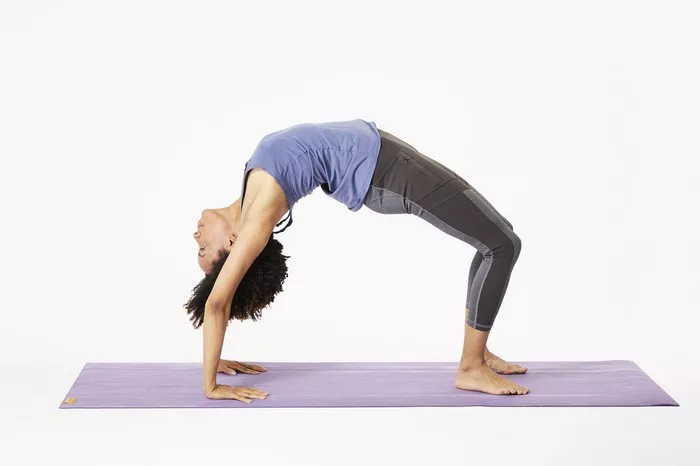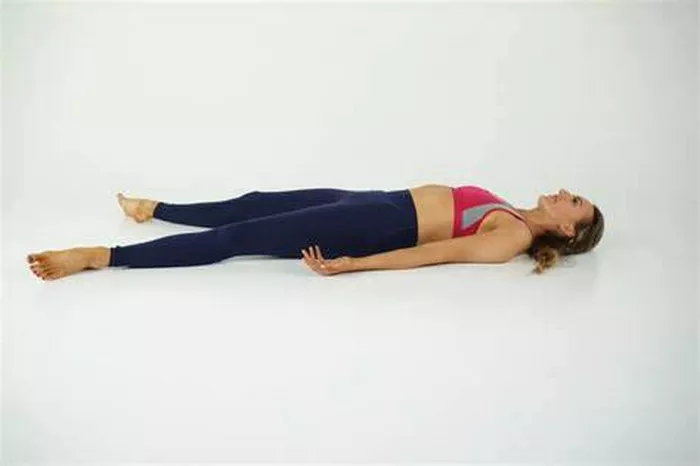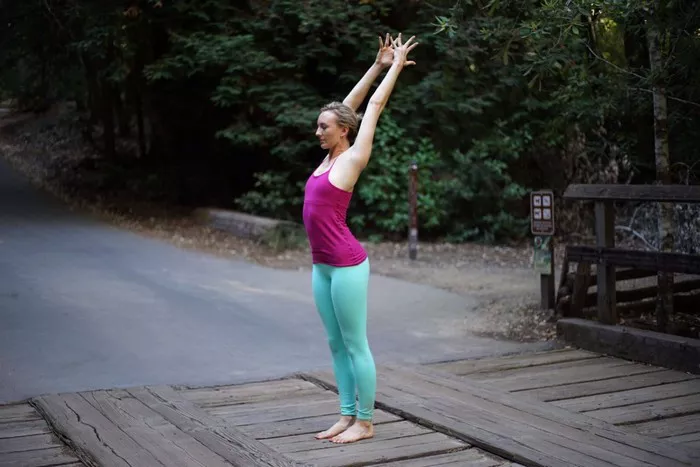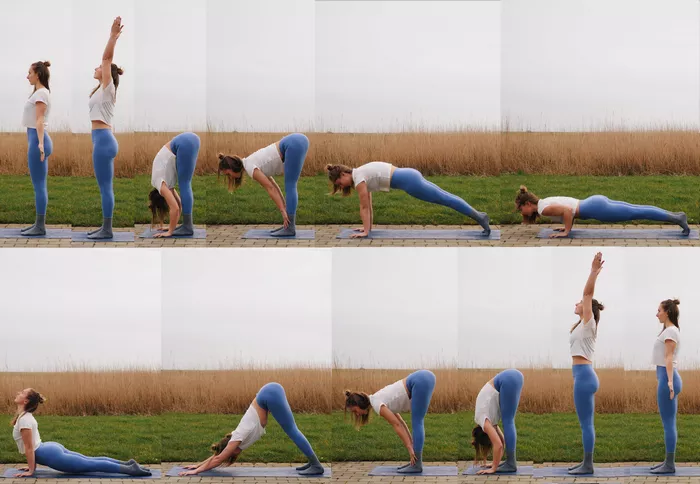Yoga, with its ancient roots in India, has evolved into a global practice that promotes physical, mental, and emotional well-being. Among the many styles and approaches to yoga, dynamic yoga flow has gained significant popularity in recent years. It’s a practice that combines movement, breath, and mindfulness to create a continuous flow of energy in the body. Whether you are a seasoned yogi or a beginner, understanding the essence of dynamic yoga flow can deepen your practice and bring transformative benefits to your life.
Understanding Dynamic Yoga Flow
Dynamic yoga flow is a form of yoga that emphasizes fluid, continuous movement through a sequence of postures, synchronizing breath with movement. Unlike static yoga practices where poses are held for extended periods, dynamic flow focuses on the transitions between poses, creating a seamless and dynamic sequence that flows like a dance. The emphasis is on moving with awareness, cultivating both strength and flexibility, while also nurturing a meditative state through synchronized breathing.
The dynamic aspect of the flow comes from the way the body moves. As one pose leads into the next, there is a sense of fluidity and rhythm. The dynamic flow encourages practitioners to be present in each moment, to let go of the mind’s distractions, and to focus on the connection between breath and movement. It is a practice that builds heat, stamina, and cardiovascular endurance while also fostering mental clarity and emotional release.
The Benefits of Dynamic Yoga Flow
Dynamic yoga flow offers a wide range of benefits, both for the body and the mind. Here are some of the key advantages of incorporating dynamic yoga flow into your routine:
1. Improved Flexibility
Dynamic yoga flow incorporates a variety of poses that lengthen and stretch the muscles, helping to increase overall flexibility. The continuous movement through these poses encourages the body to open up more deeply than static holds might allow, leading to enhanced range of motion in the joints and greater elasticity in the muscles.
2. Strength and Endurance
Dynamic yoga flow is not only about flexibility; it’s also an excellent workout for building strength. Many of the postures, such as plank, downward dog, and various balancing poses, require you to engage multiple muscle groups simultaneously. The flowing transitions between poses also provide a great cardiovascular workout, improving stamina and endurance over time.
3. Mind-Body Connection
The synchronization of breath with movement in dynamic yoga flow creates a deep mind-body connection. Practitioners learn to focus on their breath, which helps to center the mind and calm mental chatter. This deepened awareness of breath and movement fosters a sense of mindfulness, helping individuals to stay in the present moment, rather than getting lost in distractions or worries.
4. Stress Reduction
Like all forms of yoga, dynamic flow encourages relaxation and the release of tension. The rhythmic movements paired with deep breathing activate the parasympathetic nervous system, which promotes a state of relaxation and reduces stress levels. The focus required in dynamic yoga flow helps to create a meditative state, allowing practitioners to leave their worries behind and embrace the present moment.
5. Improved Balance and Coordination
The continuous flow of movements in dynamic yoga improves balance, coordination, and spatial awareness. Many poses require you to balance on one leg or engage your core muscles, helping to improve overall stability. The more you practice dynamic flow, the better your body learns to move with grace, stability, and strength.
6. Enhanced Mental Clarity
By focusing on the breath and movement, dynamic yoga flow helps to clear the mind. The meditative aspect of the practice fosters mental clarity and focus, which can be beneficial both on and off the mat. The practice also helps to cultivate emotional balance, reducing feelings of anxiety or overwhelm.
The Core Elements of Dynamic Yoga Flow
While dynamic yoga flow can take many different forms depending on the instructor or the style of yoga practiced, there are a few core elements that remain consistent in most dynamic flows:
1. Breath
Breath is the foundation of dynamic yoga flow. Each movement is paired with a specific breath pattern to create a sense of rhythm and continuity. Typically, practitioners inhale during expansive movements, such as lifting the arms, and exhale during more contracted movements, such as folding forward. The breath guides the movement, ensuring that it remains fluid and connected.
The breath also serves as a tool for mindfulness. Focusing on the breath helps to center the mind and calm the nervous system, creating a sense of inner peace. In some styles of dynamic yoga, such as Vinyasa, practitioners use a specific breath technique called Ujjayi breath (victorious breath), which creates a gentle sound and further enhances the flow of energy.
2. Flowing Movements
Dynamic yoga flow is characterized by its continuous, flowing movements. Rather than holding each pose for an extended period, practitioners transition seamlessly from one pose to the next, creating a fluid sequence. The transitions are often as important as the poses themselves, as they help to maintain the rhythm and energy of the practice.
The flowing nature of dynamic yoga encourages you to move with intention and awareness, cultivating grace and fluidity. While some dynamic flows may be faster-paced and more vigorous, others may be slower and more restorative, with an emphasis on breath and mindfulness.
3. Alignment and Posture
Even though dynamic yoga flow focuses on movement, alignment remains a critical element. Proper alignment in each pose ensures that the body remains safe and supported, preventing strain or injury. Good posture helps to engage the right muscles and enables the practitioner to flow through each movement with ease.
Instructors often emphasize the importance of maintaining proper alignment, even in dynamic flows, to ensure that the body is moving in a way that supports its natural structure. This is especially important in poses like warrior poses, plank, and downward dog, where poor alignment can lead to discomfort or injury.
4. Sequencing
The sequence of postures in dynamic yoga flow is carefully crafted to build heat and energy in the body while ensuring that each movement complements the next. A well-designed sequence allows for smooth transitions and a balanced practice that incorporates strength, flexibility, and breathwork.
A typical dynamic yoga flow will begin with gentle movements to warm up the body and gradually increase in intensity. The flow may then move into more challenging postures that require strength, balance, and focus, before gradually winding down with slower, more restorative poses to cool the body and calm the mind.
5. Focus and Mindfulness
Dynamic yoga flow is not just about physical movement; it is also about cultivating mindfulness and presence. The practice encourages you to be fully present in each moment, paying attention to how your body feels as you move from one posture to the next. This mindfulness enhances the benefits of the practice by helping you to stay connected to your body and breath.
As you move through the flow, you may notice that your mind becomes quieter, and you feel more grounded and centered. This mental clarity carries over into your daily life, allowing you to approach challenges with greater calm and focus.
Different Types of Dynamic Yoga Flow
There are several styles of yoga that incorporate dynamic flows, each with its unique approach and emphasis. Some of the most popular styles of dynamic yoga flow include:
1. Vinyasa Yoga
Vinyasa is one of the most well-known forms of dynamic yoga flow. The term “Vinyasa” means “to place in a special way,” and it refers to the alignment of breath with movement. In Vinyasa, the practitioner moves through a sequence of poses that flow together in a continuous, dynamic manner. The practice can vary in intensity, from gentle flows to more vigorous sequences, depending on the instructor and the class.
2. Ashtanga Yoga
Ashtanga yoga is a more structured form of dynamic flow, with a fixed sequence of postures that are practiced in a set order. The practice is vigorous and demanding, with an emphasis on building strength, flexibility, and endurance. Ashtanga is known for its use of Ujjayi breath, and it often involves faster-paced sequences that require a high level of focus and discipline.
3. Power Yoga
Power yoga is a fitness-based form of Vinyasa that focuses on building strength and endurance through dynamic flows. It is a more intense practice that often includes more challenging poses and longer holds. Power yoga classes tend to be faster-paced and physically demanding, making it an excellent choice for those looking for a vigorous workout.
4. Flow Yoga
Flow yoga is a more general term that refers to any type of yoga that involves flowing sequences of poses. It can include elements of Vinyasa, Ashtanga, and other dynamic practices. Flow yoga classes tend to vary in pace, but they generally emphasize fluid movement and synchronization with breath.
How to Get Started with Dynamic Yoga Flow
If you’re new to dynamic yoga flow, here are some tips to help you get started:
Start Slow: Begin with a slower-paced class to familiarize yourself with the flow of movements and breath. As you become more comfortable, you can gradually increase the intensity.
Focus on Your Breath: Always prioritize your breath over the movement. The breath is the foundation of dynamic yoga flow, and staying focused on it will help you maintain your rhythm and stay present.
Listen to Your Body: Dynamic yoga flow can be intense, so it’s important to listen to your body and move at a pace that feels right for you. If a particular pose feels too challenging, modify it or take a break.
Practice Regularly: Consistency is key in building strength, flexibility, and endurance in dynamic yoga flow. Try to practice regularly to experience the full benefits of the practice.
Take a Class: If you’re unsure where to start, consider taking a class with a certified yoga instructor. They can guide you through the movements, help you with proper alignment, and ensure that you’re getting the most out of your practice.
Conclusion
Dynamic yoga flow is a powerful and transformative practice that combines movement, breath, and mindfulness. It offers a wealth of physical, mental, and emotional benefits, including improved flexibility, strength, balance, and mental clarity. Whether you’re seeking a vigorous workout or a calming, meditative experience, dynamic yoga flow has something to offer for everyone. By incorporating this practice into your routine, you can enhance your overall well-being and cultivate a deeper connection between your mind, body, and breath.
Related Topics:
























